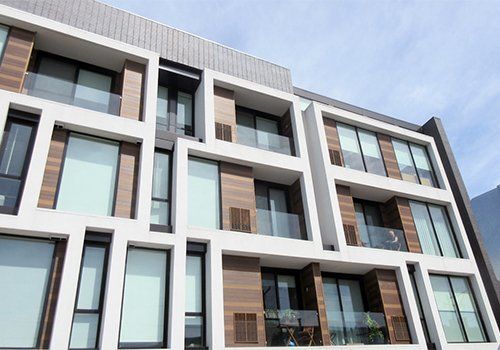Preventing Ice Dams on Your Roof: A Winter Guide
Ice Dams Are Typically Caused by a Winter Heat Loss Problem
Winter can be a beautiful season, but it also brings challenges for homeowners, particularly when it comes to ice dams on roofs. Ice dams can cause significant damage to your home if not properly managed. In this guide, we will explore what ice dams are, why they form, and how you can prevent them in order to protect your home.
What Are Ice Dams?
Ice dams are ridges of ice that form at the edge of a roof, preventing melted snow from properly draining off. This trapped water can seep under shingles and into your home, leading to leaks, mold growth, and structural damage.
Why Do Ice Dams Form?
Ice dams form when heat from your home escapes through the roof, causing snow to melt. As the melted snow flows down the roof, it reaches the colder eaves and refreezes, forming a dam. Over time, this ice buildup prevents further runoff, causing water to pool and potentially leak into your home.
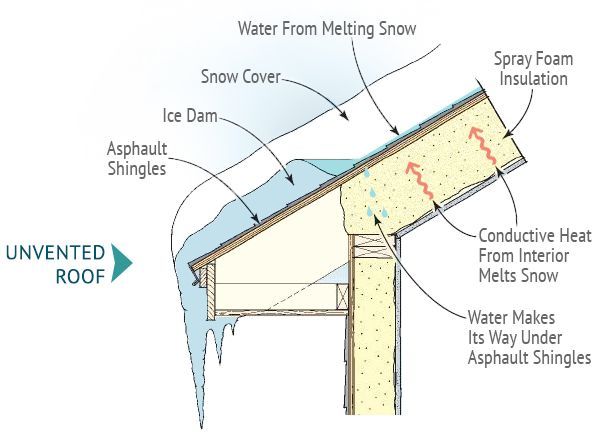
How to Prevent Ice Dams
Preventing ice dams involves addressing heat loss via air leakage through the ceiling and proper water drainage. Here are some effective strategies:
- Seal Air Leaks – They are a prime source of heat loss that should be investigated first. Seal any gaps, cracks, or openings around chimneys, pipes, and attic hatches that may allow warm air to escape into the attic. Using caulk or weatherstripping can help minimize heat loss.
- Ensure Adequate Ventilation - Good ventilation allows cold air to circulate in the attic, preventing warm spots that contribute to ice dam formation. Ridge vents, soffit vents, and gable vents can help regulate temperature effectively.
- Improve Attic Insulation - Proper insulation in your attic helps maintain a consistent roof temperature, preventing uneven snowmelt. Focus on insulating the attic floor to keep heat from escaping into the roof space.
- Keep Gutters Clean - Clogged gutters can trap snow and ice, exacerbating ice dam formation. Regularly clean your gutters and downspouts to ensure proper drainage and water flow.
- Use a Roof Rake - After heavy snowfall, use a roof rake to remove excess snow from your roof. This reduces the chance of snow melting and refreezing at the eaves.
What to Do If You Have an Ice Dam...
If you already have an ice dam forming, take these steps:
- Safely remove snow using a roof rake to minimize additional buildup.
- Melt ice with calcium chloride. Avoid rock salt, which can damage shingles and vegetation.
- Contact the professional at BUSTAMANTE ENGINEERS if damage occurs to take the proper steps and prevent future occurrences.
Preserve Your Roof Performance with Building Envelope Consultant Services
By taking proactive measures to prevent ice dams, you can protect your home from costly water damage and maintain a safer living environment during the winter months. A well-insulated, well-ventilated roof will keep your home comfortable and ice-free all season long.
BUSTAMANTE ENGINEERS Inc. qualified building envelope consultants provides their knowledge, experience, and understanding, as well as proper design and construction practices related to the exterior systems of your home. This is valuable information for any homeowner and can result in savings related to building performance throughout the life of the structure. Click to contact us online or call 215-340-6990 today and minimize the potential for unpleasant surprises in the future!
Bustamante Blog
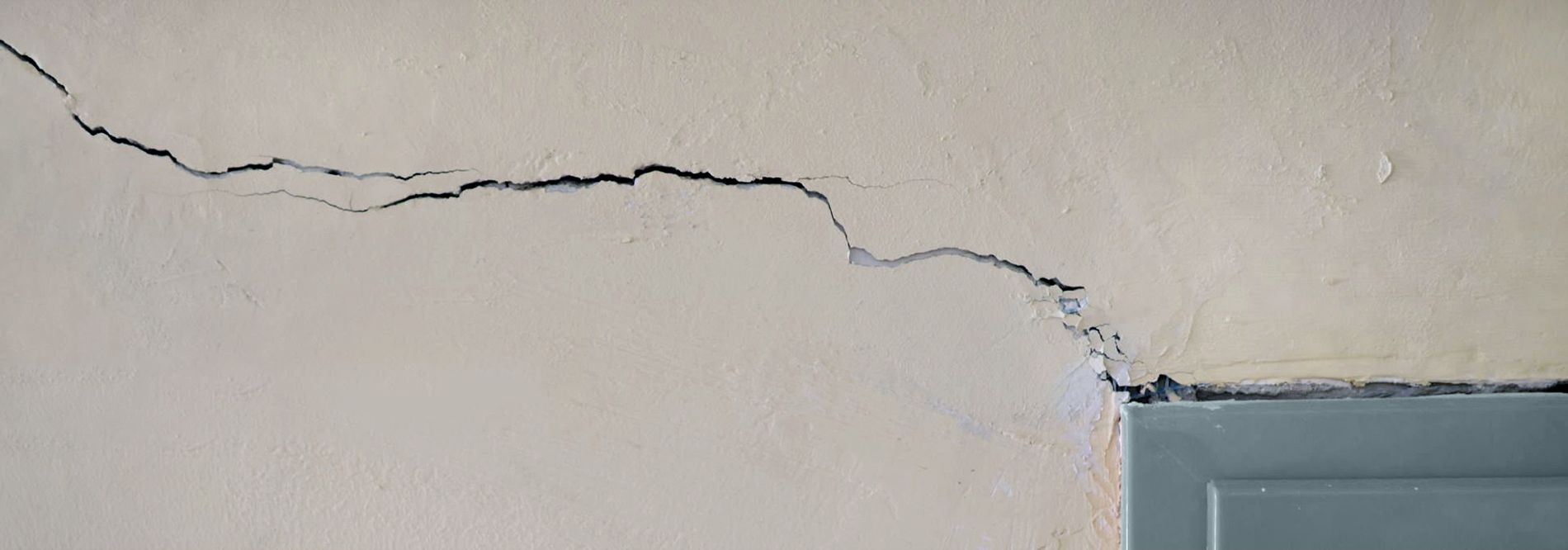
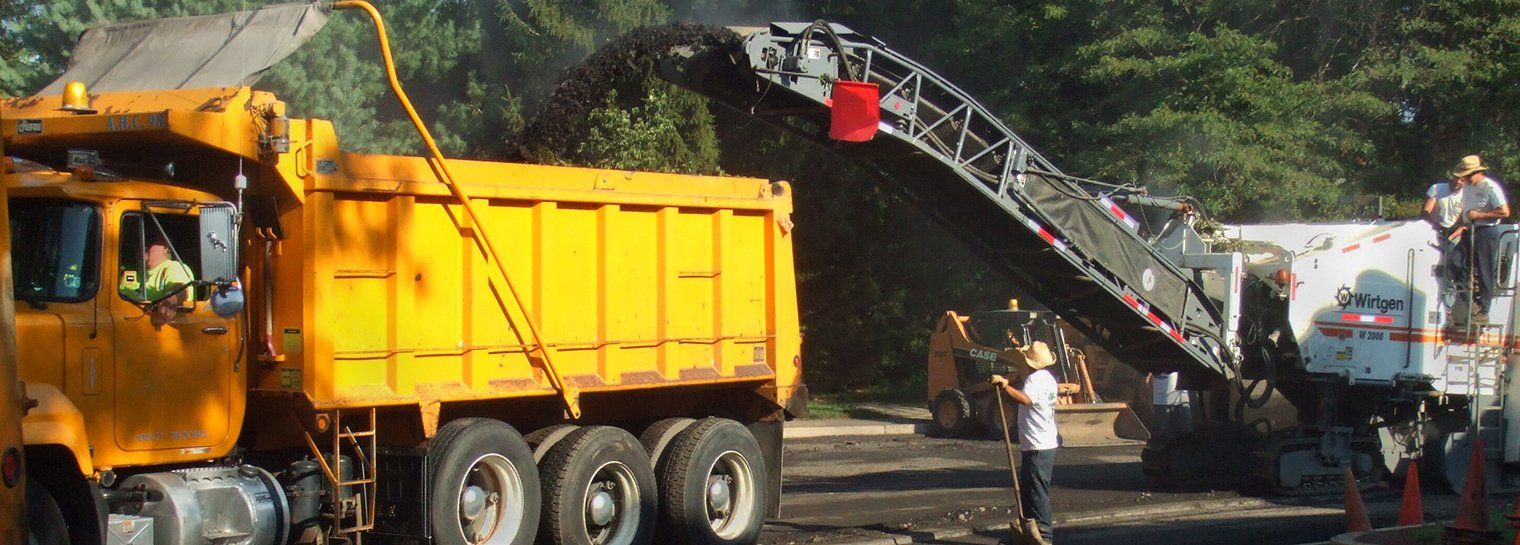

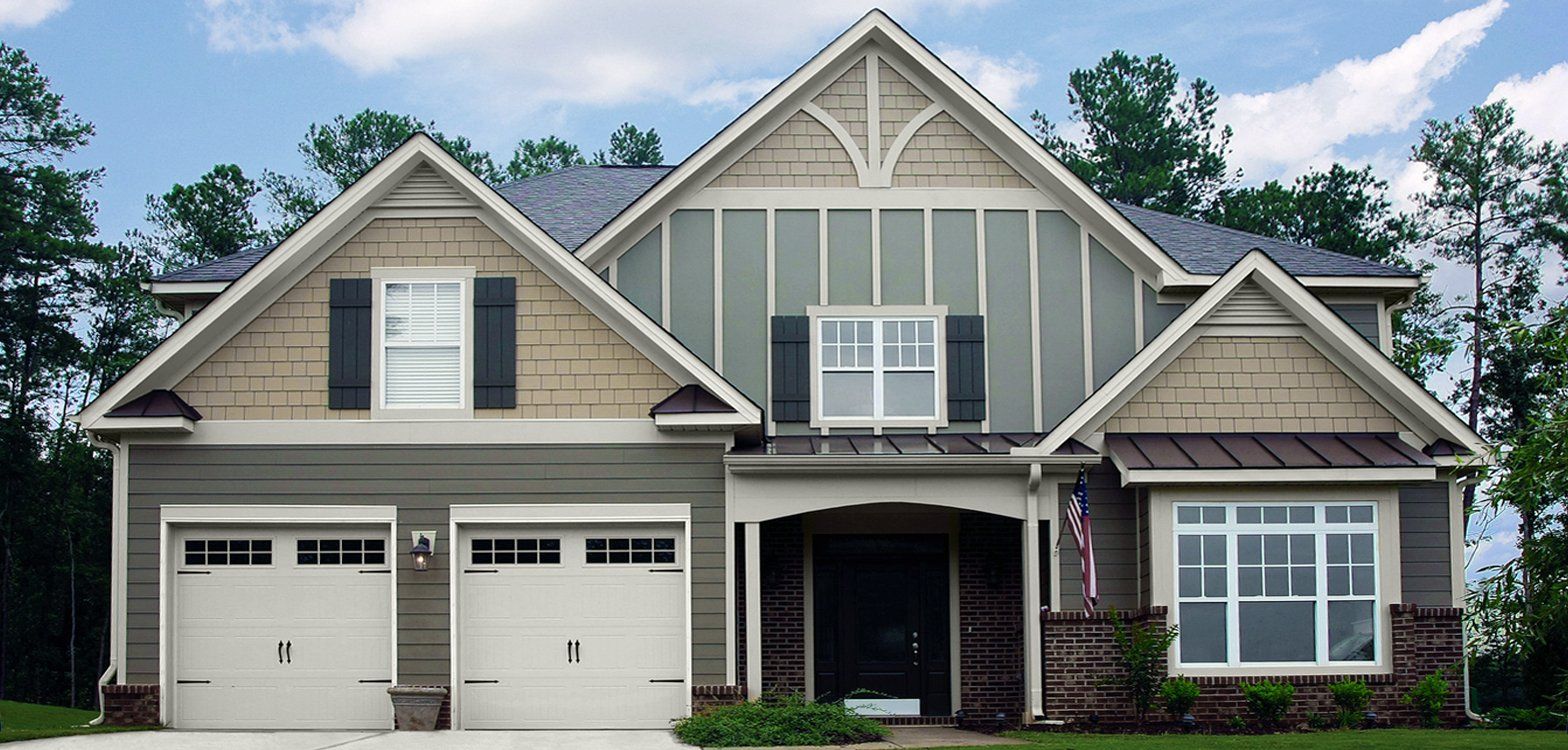
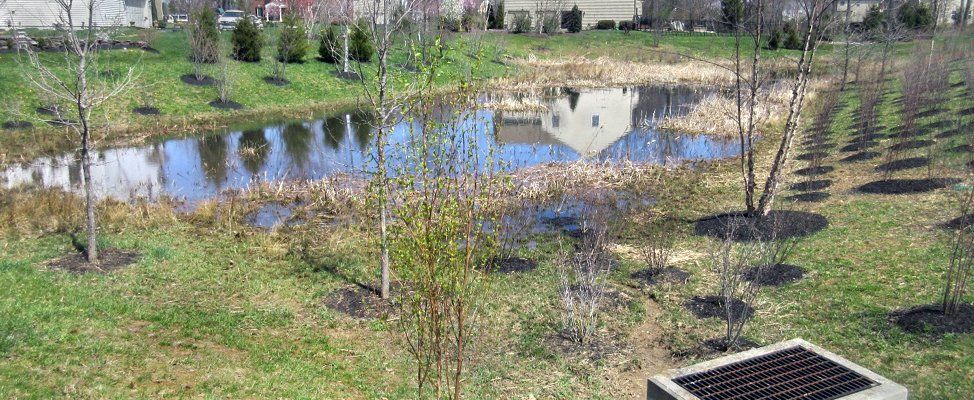

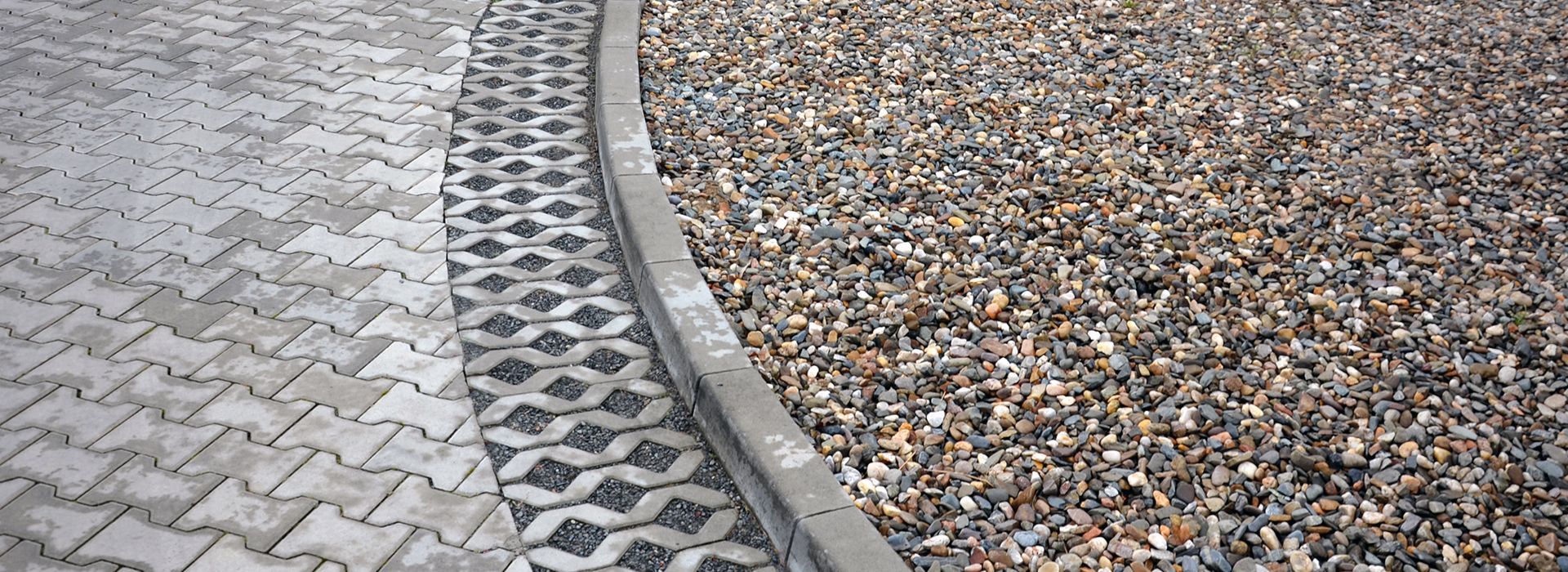
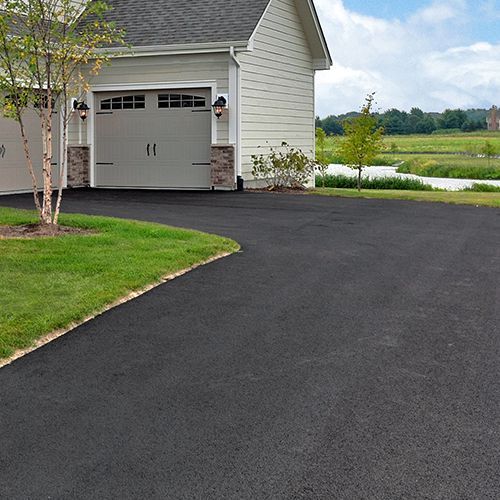
BUSTAMANTE ENGINEERING BLOG




